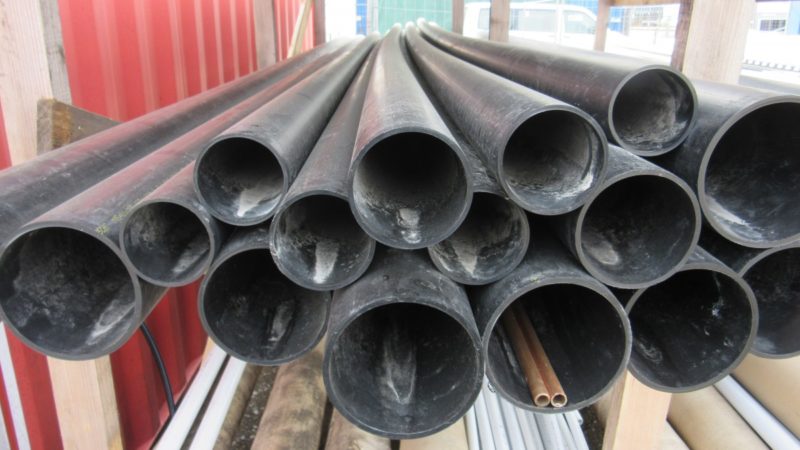Many people who use electric water heaters are worried about how electric water heater works. This article will aid them in understanding the aspects that go into operating an electric water heater. The electric water heater works similarly to a gasoline water heater. It uses the electrically heated components within the tank to heat ice water that enters via a dip tube.
The hot water in the tank rises and is distributed all through the house via the heat-out piping system.
An electric water heater features one thermostat, pressure and temperature relief valves, a drainage valve, an insulated reservoir, and an anode rod, just like a gasoline water heater. Only one significant difference is that the fluid is heated by electrical parts and must be connected to a source of electricity. Continue to read to discover more amazing facts.
Factors Affecting The Electric Water Heater Working
Electric-powered water heaters deliver cold water into the tank, heat it using immersion heat exchangers, and then distribute hot water around the house via home piping. Below are some valuable factors that help you learn how electric water heater works.
#1. Power source
Electric-powered water heaters must be entirely connected and operate on electricity. Most electrical types come with an electric cable that connects to an outlet, while bigger versions must be hardwired. Versions with larger capacities (e.g., 25 gallons and higher) feature the junction box on top of the device in which you and a technician may attach the electric cables. To reach lines and connect to the circuit, you must remove the junction box lid. These types usually need a 220-volt specific network that solely supports the water heater but no other appliances.
#2. Use of Dip tube
The water entrance (which has a colored ring) or a dip tube allows ice water from the house piping to enter the reservoir. The dip tube is a plastic pipe connecting to the water intake on one end and finishes a few inches from the tank’s bottom, supplying cold water. Dip tubes featuring ports are used in certain types to produce a turbulent flow of water and decrease silt accumulation within the tank. Freezing water fills the storage tank when the heated water tap is opened. When the water temperature falls underneath the specified point, the thermostat will turn just one or even both heating components.
#3. Use of thermostat
The thermostat seems to be a device that detects the presence of heat and regulates the electrical flow to a heat source depending on that detection. The water temperature is monitored by a thermostat, which turns off the heat source once it achieves the desired temperature. It’s installed flat against the tank’s surface. A standard electric water heater runs between 110 and 220 volts, with 220 volts units utilizing two heat sources.
The power inputs of heating components range from roughly 1450 to 5000 watts. Top and bottom elements/thermostats are commonly used for each thermostat controlling each heating element. The heater’s heating components are covered in the tank’s water. Electricity flows via converting power to generate and transmitting it to water. The efficiency of such electric resistance components is nearly 100%. When the higher thermostat detects a need for heating, it activates the top heating element until about 2/3 of the tank’s contents achieve the desired temperature. Once a higher thermostat has reached the desired temperature, it switches off, feeds energy to a low thermostat, and activates a lower heat source.
It switches off when the lower one achieves the predetermined temperature. The lower component is responsible for maintaining the specified temperature in standby mode. In addition, if the higher heating element malfunctions, the lower heating element will not turn up, even though it is in good working order. If the bottom part breaks, the higher one will keep working but does not deliver enough hot water. As the quantity of heated water within the tank diminishes and the ice water continues to flow, the temperature of the hot water drops, the heating elements activate, and the cycle will repeat. The hot water from the tank’s upper section flows via the outflow pipe (which has a red ring) and then through the house plumbing to its final stop.
#4. Use of anode rode
Another safeguard is the anode rod. It uses electrolysis to keep the tank from rusting. This implies that the metal-coated steel rod (usually coated in aluminum, zinc, and magnesium) corrodes rather than the iron lining of the tank’s inside.
#5. Use of drain valve
The drain valve is found at the bottom of a heater used to remove and eliminate sediments accumulated within the tank. To keep heat inside the device for longer, all water heaters contain insulation that wraps around the metal tank. There will be less energy loss due to the greater insulating. You may also be interested to know about water heater leaking from drain valve.
It’s A Wrap!
Now, you are well-known for how electric water heater works. Electric water heaters are used in a wide range, and many essential factors make these water heaters function efficiently and provide hot water to their users. Click on these links to read related articles; know how to clean electric water heater and how to test an electric water heater. Thank you, friends, for staying with us.

